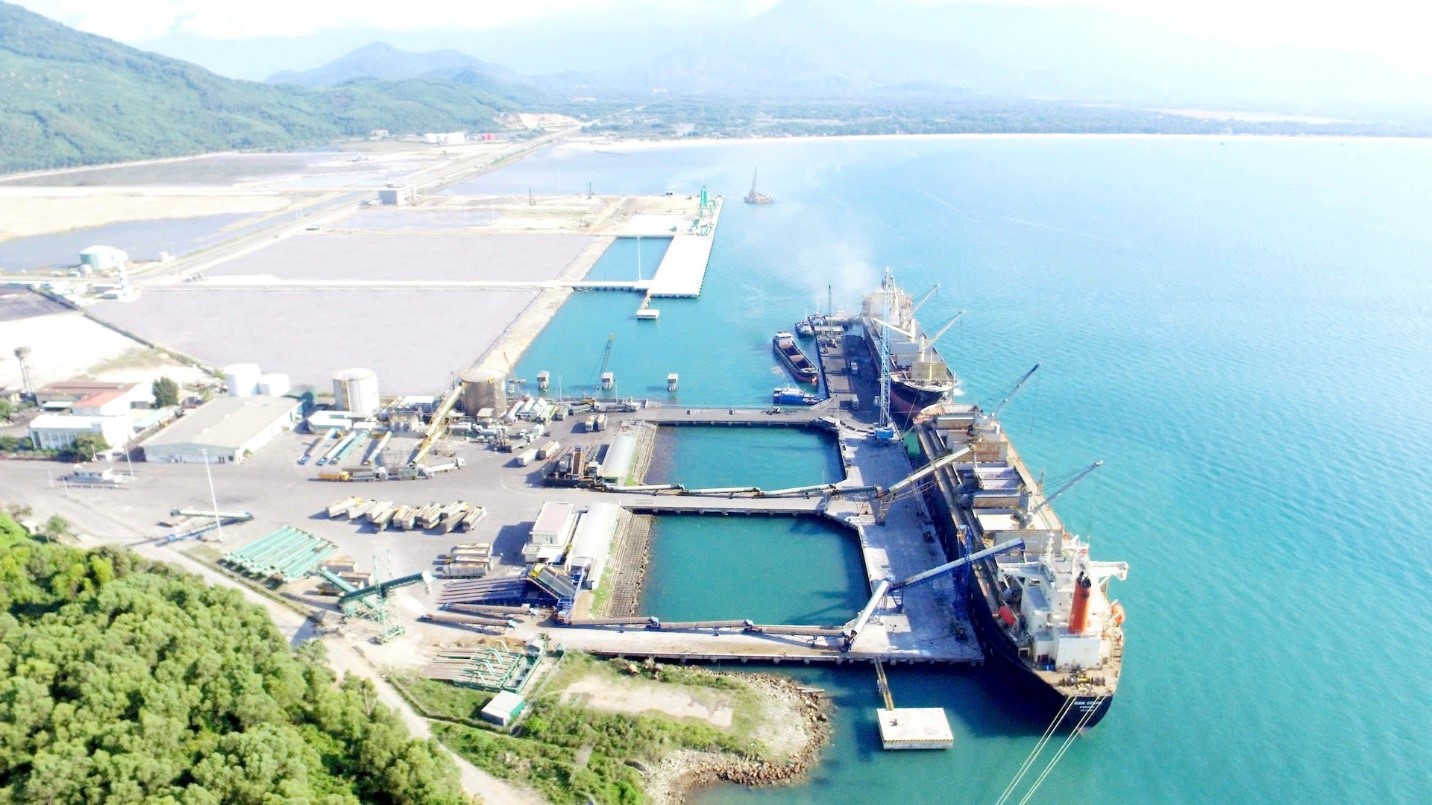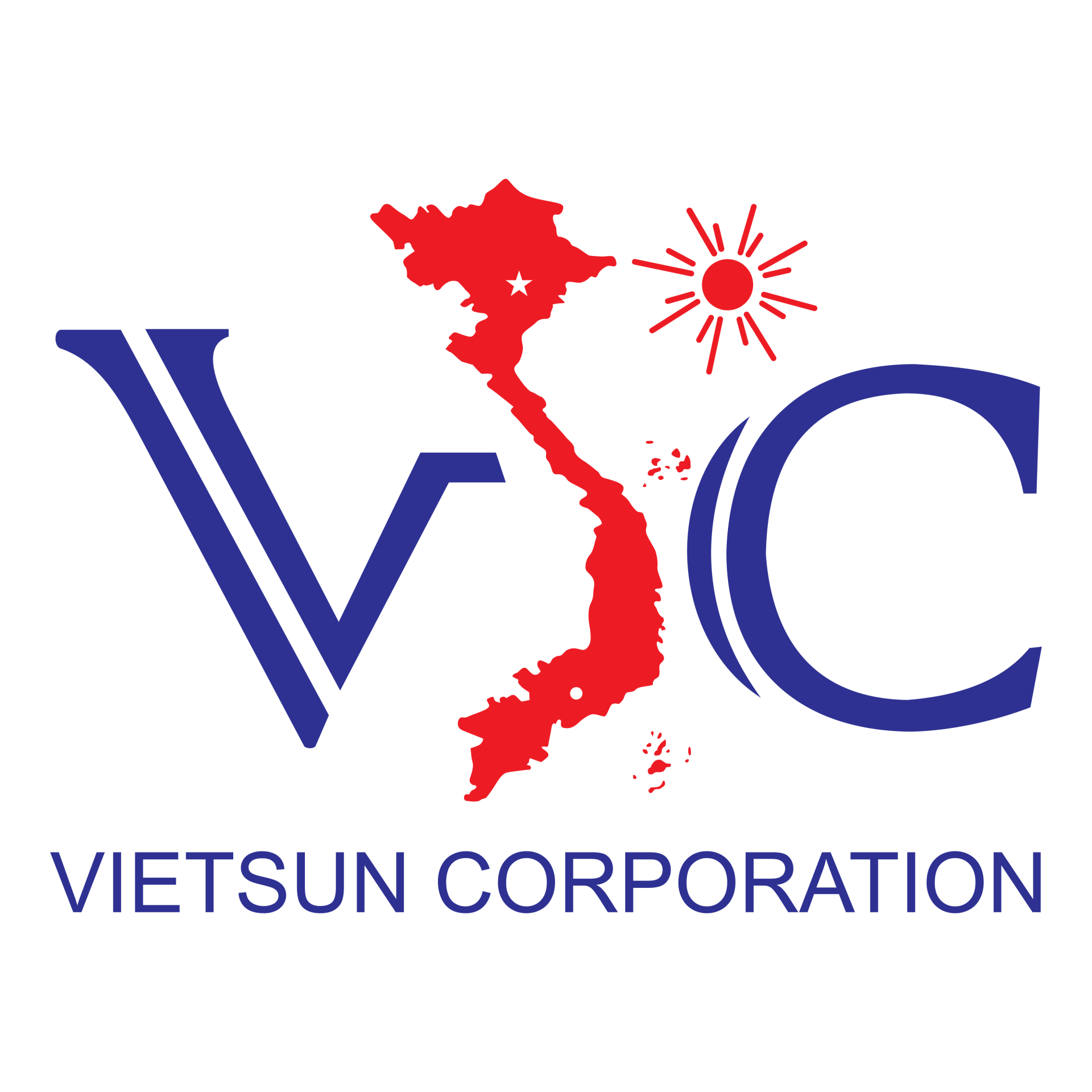The Central region is emerging as a bright spot on the Vietnamese logistics map thanks to its strategic seaport system stretching from Thua Thien Hue to Khanh Hoa. With major ports such as Chan May, Lien Chieu, Dung Quat, Chu Lai, Quy Nhon, and Van Phong, this region has the potential to become a national logistics center and an international gateway for the Central Highlands, Southern Laos, and Northern Cambodia.
However, to fully exploit the advantages, the Central region needs to solve major bottlenecks in transport infrastructure, from roads, railways, waterways to aviation and logistics centers.
 Infrastructure bottlenecks hold back logistics in Central Vietnam
Infrastructure bottlenecks hold back logistics in Central Vietnam
- Roads are still lacking in synchronization.
- National Highway 1A, despite expansion, is often overloaded.
- The North-South Expressway through the Central region is still not completed, many sections are behind schedule.
- Connecting routes such as Quang Ngai – Kon Tum or Chan May – Phu Bai – National Highway 1A need to be accelerated to reduce 20–40% transportation time and logistics costs.
- Railways and waterways have not yet been developed.
- The North-South railway is old, slow, and not suitable for container transport.
- Lack of branch lines directly connecting to major ports (Dung Quat, Chu Lai).
- Inland waterway transport is limited, it is necessary to develop coastal shipping to connect central ports with Hai Phong and Ho Chi Minh City.
- Aviation and logistics infrastructure are still weak.
- Da Nang airport mainly serves passengers, cargo has not been exploited effectively.
- Chu Lai is planned as an aviation - logistics center but implementation is slow.
- Lack of ICDs, bonded warehouses, and modern container yards causes logistics costs to increase.
Regional linkage strategy and breakthrough mechanism are needed.
According to experts, logistics in the Central region has not been effective due to the lack of synchronization and inter-regional coordination mechanisms. If each locality develops its seaports separately, it will lead to duplication and inefficiency.
🔹 Important solution:
- Build an inter-regional logistics development strategy to clearly define the role of each seaport.
- Attracting investment capital using the PPP (public-private partnership) model for highways, railways, ICDs and logistics centers.
- Promote international cooperation and attract large logistics corporations.
Opportunities from the shift in global supply chains
In the context of the supply chain shifting strongly to Southeast Asia, Central Vietnam has a great opportunity to become an international trade gateway. With its strategic location, deep-water ports and logistics potential, if infrastructure and mechanisms are synchronized, the Central region will become an important lever in the global supply chain.
✅ With the orientation of developing synchronous logistics infrastructure, the Central region can completely break through and become a new transportation - logistics center of Vietnam, contributing to reducing national logistics costs and enhancing competitiveness in international trade.
Hotline: 028 3826 9539
📧 Email: admin@vietsunlogistic.com
🌍 Website: www.vietsunlogistic.com
Vietsun – Transport full trust, reach out values
